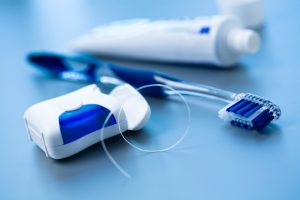We will begin this series of blogs by looking at the contents of the emergency kit that is required to be in every dental office.
Dental office emergencies are common. Syncope (fainting) is the most frequent. However, other emergencies do occur in the dental office which may require an emergency drug. This is why we need to have an emergency kit.
The emergency drugs found in each kit are pretty standard, but they can differ from office to office based on their individual needs.
Before any drug is used, the dentist needs to assess the patient’s airway, breathing and circulation (ABC’S). This ABC approach is important as it helps to determine what the medical issue is and most importantly the status of the patient’s airway i.e. is the airway obstructed or not?
After the ABC’s, oxygen is routinely administered…except in cases of hyperventilation…we will discuss this at a later date.
Oxygen, although not actually in the emergency kit, is considered the first and probably the most important essential (please see the last blog, posted on November 3rd, 2015 for the meaning of the term essential) ‘drug’ in the office.
Oxygen is the most important because the heart and the brain need to be oxygenated. This is the goal for all medical emergencies: Oxygenated blood needs to be delivered to the heart and the brain.
Ventilation of the patient
The question is this; how do we ventilate the patient? This depends on whether the patient is conscious or unconscious and also if they are breathing on their own.
Example: A patient may be unconscious and breathing on their own or not breathing (apneic). For the patient who is breathing on their own, we deliver the oxygen via a clear full face mask (see image above) and for the one who is not breathing we generally use a bag-valve-mask.
Oxygen should be available in a portable cylinder. We need to be able to bring the tank from one operatory to the next depending on which room the emergency is occurring.
The ideal size for a portable tank in an office is the E type cylinder. This carries 625 liters of oxygen gas. This amount is sufficient until the patient is recovered or by the time 911 arrives.
Oxygen cylinder flow rate
A flow rate of 6 liters per minute is the minimum that should be delivered to a patient.
If the patient is conscious, or unconscious but breathing, a flow rate of 6-10 liters per minute is administered via a full face mask. If the patient is unconscious and not breathing the flow rate is 10-15 liters per minute by a bag-valve-mask. Flow rate should never exceed 35 liters per minute.
In the next blog, we will continue our look at essential emergency drugs……the next being epinephrine. Until then, breathe deeply and safely!
Yours in good dental health,
Dr. F. Keshavarz Dentistry, Brampton Dentist







